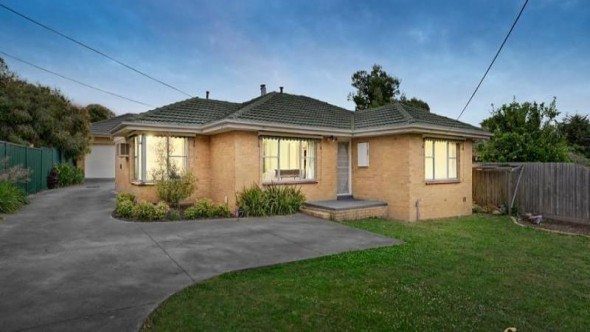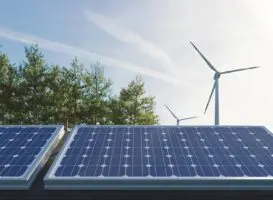A solar and battery storage mini-grid trial by Victorian network operator AusNet Services has succeeded in taking part of a Melbourne suburb completely off grid, demonstrating how utilities can use solar, battery storage and the internet of things to boost energy security and reliability in the future.
AusNet said on Wednesday that eight homes had been successfully separated from Victoria’s main electricity grid and operated together as a stand-alone solar and battery storage powered mini grid, as part of the company’s Mooroolbark Mini Grid trial.

The homes, including two that had neither solar or batteries, were able to maintain power by sharing electricity via AusNet’s powerlines that connect the mini grid, before being successfully re-integrated with the main grid.
AusNet said the cloud-based mini grid control system – which has been provided by locally-based energy technology company GreenSync – and the stabiliser took the mini grid through a sequence of stages to test the stability of the mini grid as an independent, unified renewable energy system.
The stabiliser, developed by Power Technology Engineered Solutions, is essentially a smart battery storage system that smooths renewable energy supply and consumption across the mini grid by either delivering or absorbing power when needed.
Parker, speaking at Energy Network Australia’s Welcome to the Grid Edge conference on Wednesday, said that the achievement was a “major milestone” on the road to a future grid with high penetration of solar and storage.
“The electricity network will continue to play an important role in our energy future, but we need to make sure it is able to support technology such as solar panels and battery storage for the benefit of all customers,” he said.
“In the future, we may be able to use this technology to keep homes powered during major storm events.
“We could also use (it) to smooth peak demand on our network, helping to reduce the need to build expensive power stations and therefore reducing costs to customers.”
The next step for the trial is to test additional control functionality to manage peak loads and generation on the network, as well as further testing of the stand-alone supply scenario involving additional customers being integrated into the stand-alone mini grid.








